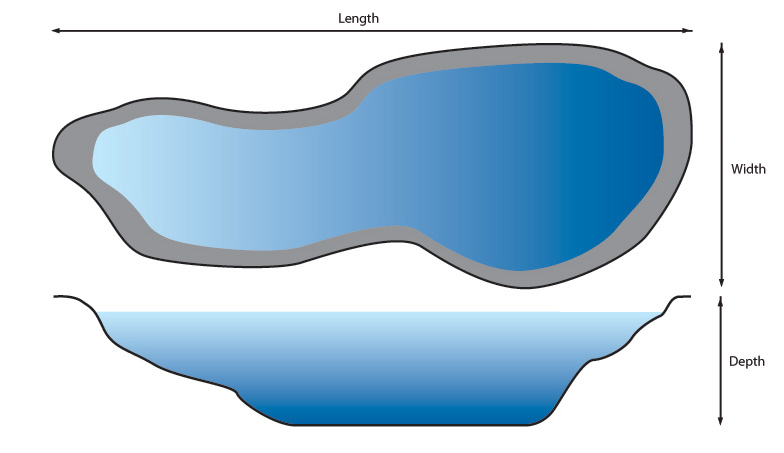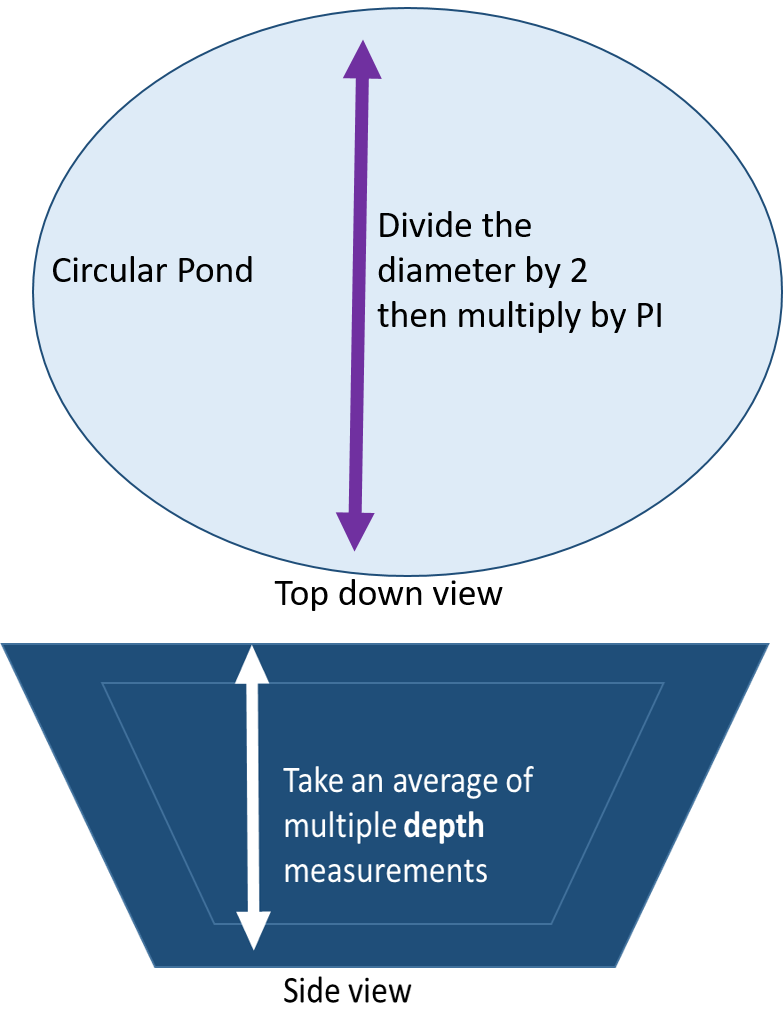Calculating the volume of water in a pond is essential for pond owners to properly manage their aquatic ecosystem. By knowing the amount of water in the pond, you can make informed decisions about stocking fish, applying treatments, and maintaining overall water quality. One common way to measure the volume of water in a pond is by calculating the number of gallons it holds. In this blog post, we will discuss how to use a pond calculator to determine the number of gallons of water in your pond.
What You Need to Know
Before diving into the calculation process, there are a few key pieces of information you need to gather:
- Pond Shape: Is your pond circular, rectangular, or irregular in shape?
- Pond Dimensions: Measure the length, width, and depth of your pond in feet.
- Conversion Factor: 1 cubic foot of water equals approximately 7.48 gallons.
Calculating Pond Volume
The formula for calculating the volume of water in your pond depends on its shape:
Circular Pond:
For a circular pond, you can use the following formula:
| Formula | Volume (in gallons) |
|---|---|
| Volume = π x (radius x radius) x depth x 7.48 | Result |
Rectangular Pond:
If your pond is rectangular, use this formula:
| Formula | Volume (in gallons) |
|---|---|
| Volume = length x width x depth x 7.48 | Result |
Irregular Shaped Pond:
For irregularly shaped ponds, you may need to break down the pond into sections of known shapes (e.g., rectangles, circles) and calculate the volume of each section separately. Then, sum up the volumes to get the total volume of water in the pond.
Using the Calculator
Now that you have the necessary information and formulas, you can use an online pond volume calculator to simplify the calculation process. Simply input the dimensions of your pond, select the shape, and let the calculator do the math for you. This way, you can quickly and accurately determine the number of gallons of water in your pond.

Credit: www.aqualinersdirect.co.uk
Why Pond Volume Matters
Knowing the volume of water in your pond is crucial for various reasons:
- Stocking Fish: Properly stocking fish requires knowing the volume of water to ensure there is enough space and oxygen for the fish population.
- Water Treatments: Applying treatments such as algaecides or herbicides requires accurate water volume measurements to avoid under or over-dosing.
- Water Quality: Monitoring water quality parameters like pH, ammonia, and oxygen levels often requires volume-based calculations for accurate dosing of water additives.

Credit: www.canr.msu.edu
Conclusion
Calculating the number of gallons of water in your pond is a valuable tool for pond management. By understanding the volume of water, you can make informed decisions regarding fish stocking, water treatments, and overall water quality. Using a pond volume calculator simplifies the process and ensures accurate results, helping you maintain a healthy and thriving aquatic ecosystem in your pond.





